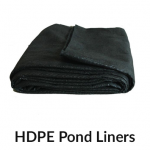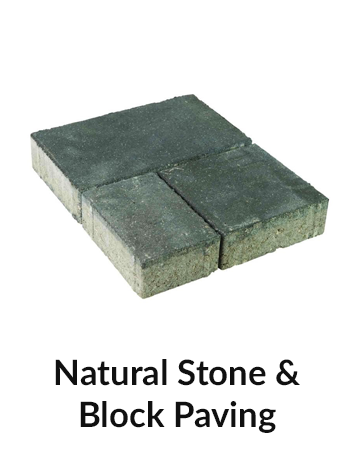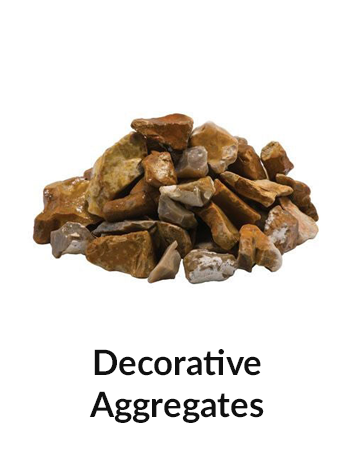Several considerations must be made before building a pond. These include pond depth, pond size and pond location. Regardless, of whether you’re building an informal pond or a formal pond. Once those considerations have been dealt with, building a pond in one day and filling it the next is possible.
Below is an example of an informal pond on the left and a formal pond on the right.
The rest of our help and advice guide will provide you with all of the information you need to confidently build your own pond.
Let’s get started!
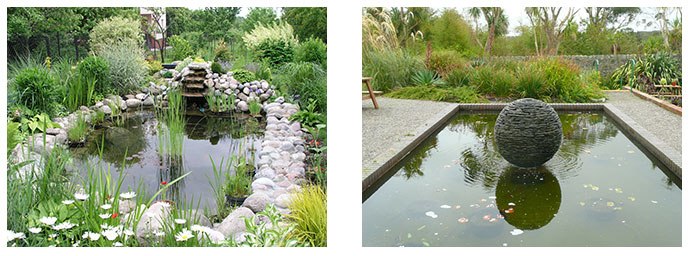
Table of contents
- What do I need to know before I build a pond?
- What materials do I need to build a pond?
- How to make a pond
What do I need to know before I build a pond?
Below is a list of three key things that need thinking about before you draft pond ideas.
Where is the pond going to be built?
Building a garden pond can add a beautiful design feature to your home. Consider where the service pipes are in your garden and avoid digging through these, consider that you need to access electricity for the pump and consider children. Opt for a pond with high edges or a place children cannot reach the pond.
What type of pond would you like?
You can dig a free-form shape and use a liner to design the pond to look however you like. You could also buy a pre-formed pond pool which is usually made from HDPE (high-density polyethene) and has lifts for plants. Deciding whether you want a free-form, natural-looking pond with stone edges or a square pond with brick, the formal edges are an important factor in this decision.
Are there any fish or plants you want to keep?
Fish and plants have specific habitat requirements you need to adhere to. You can find out more in the how to make a fish pond section of our guide.
What materials do I need for a pond?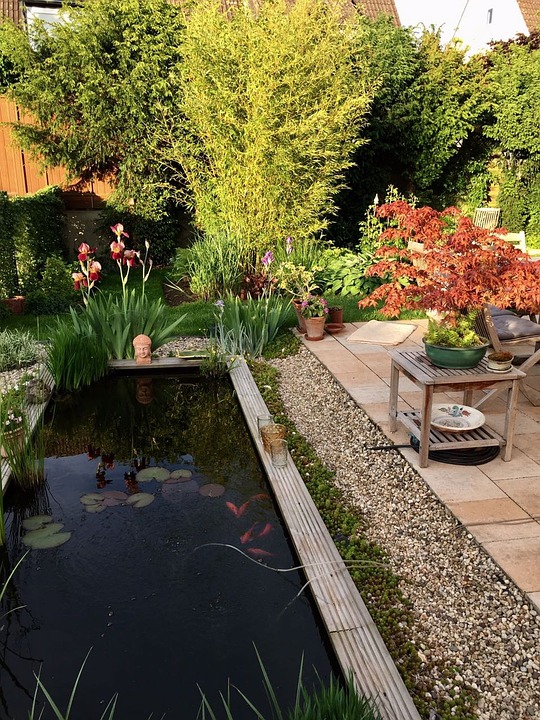
For a free-form pond with a rugged design, you need:
- Rope
- Spade
- Plank
- Spirit level
- Tape measure
- Craft knife
- HDPE pond liner
- Paving, edging stones or bricks
- Pond pump
- Pond furniture like water features (optional)
- Decorative aggregates (optional)
How to make a pond
Step one: Lay out the shape of your pond
Once you choose the area your pond will be installed in, taking the points above into consideration, lay out the shape with a rope or garden hose. Avoid a complex shape, where possible, as this could cause problems further into the build.
Step two: Dig the pond out and level the area
Using your shovel, dig the desired shape of the pond down to the depth needed to accommodate any plants or fish species you want to add to the environment. Make sure the sides are sloping rather than vertical and don’t forget to add levels in the side if you wish to place small plants or a water feature in, for example. Remove any small stones or debris from the bottom of the hole – this will tear the liner and leak water.
Once you’re happy with the dig, lay a plank across the pond and place a spirit level on top of it. Ensure the pond is level.
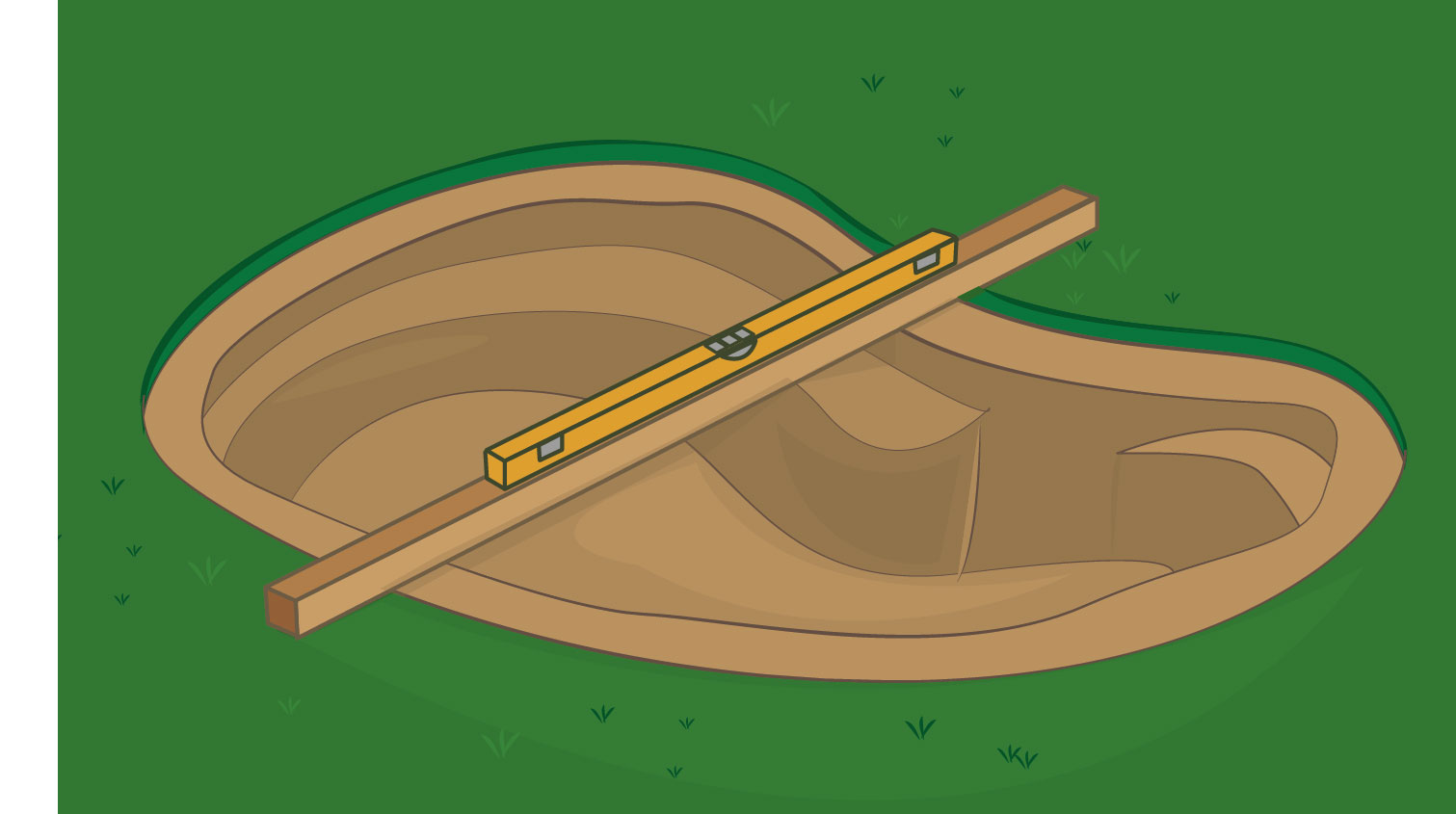
Step three: Lay the pond liner
Use an HDPE pond liner, bigger than the planned pond, to line the inside of the pond. Leave at least a 50cm overlap out of the top of the pond so you can secure the liner in place. Secure the liner with rocks or bricks, taking care not to pierce the liner. Place these items on the edge of the liner, not on the edge of the pond.
Step four: Add water slowly and steadily
Take your time to pump water into the new pond whilst pulling the liner gently into shape. As the water fills the pond, the liner will likely begin to pull on the bricks or rocks anchoring it in place, which is why these must be heavy. Once the pond is full, leave it overnight.
Return to the pond in the morning to trim off the excess liner. Leave around 30cm of the liner to ensure the material remains as it should.
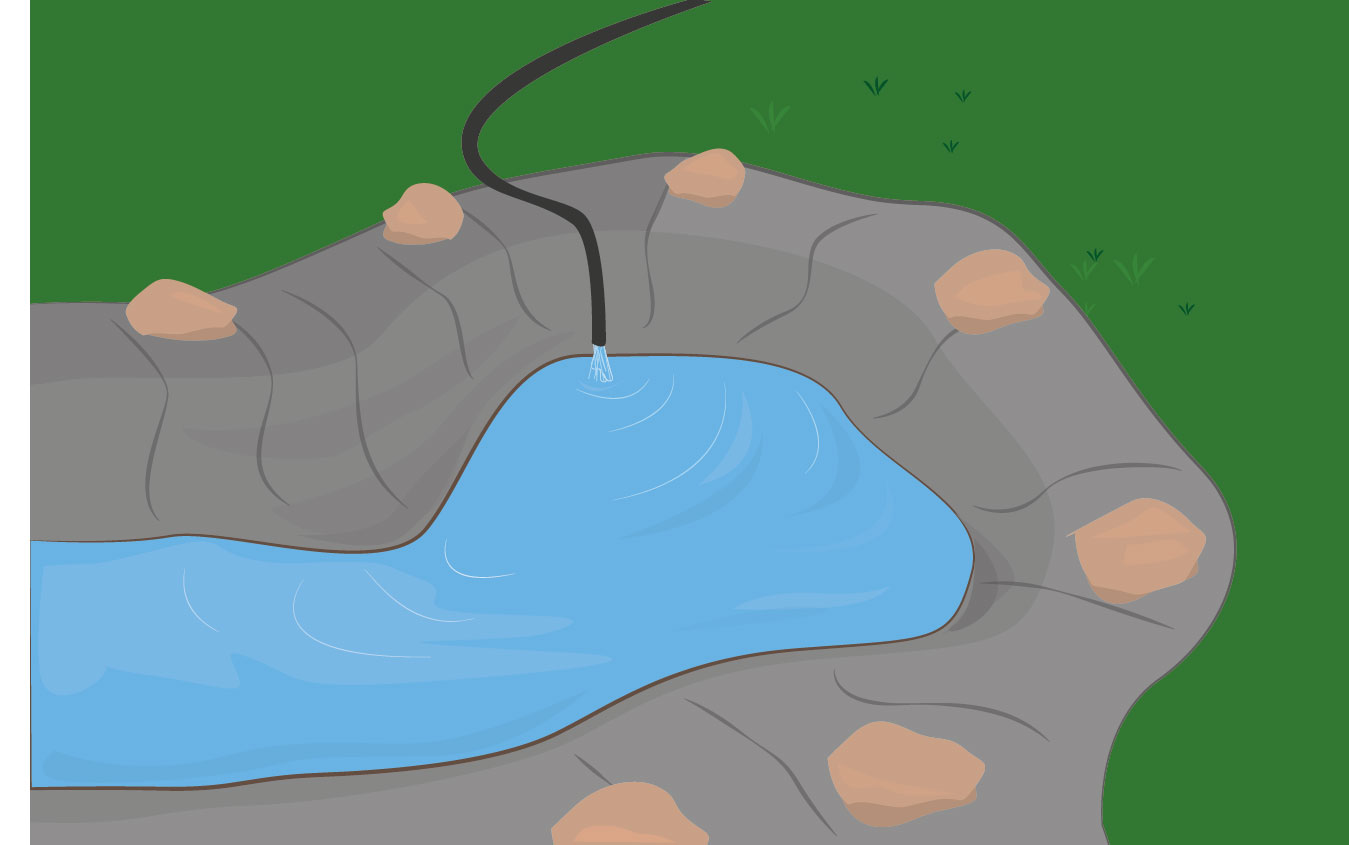
Step five: Finish the pond with the decorative edging of your choice
Using edging stones like promenade tiles, bricks or standard paving, finish the edge of the pond by laying the decorative aggregate of your choice. Give the edging a small overhang over the pond water to protect the liner.
Step six: Add the pond pump and any other furniture
Now’s the time to hook up the pump and prepare the water for fish or pond plants. Don’t forget to add pond furniture like lighting and filters at this stage.
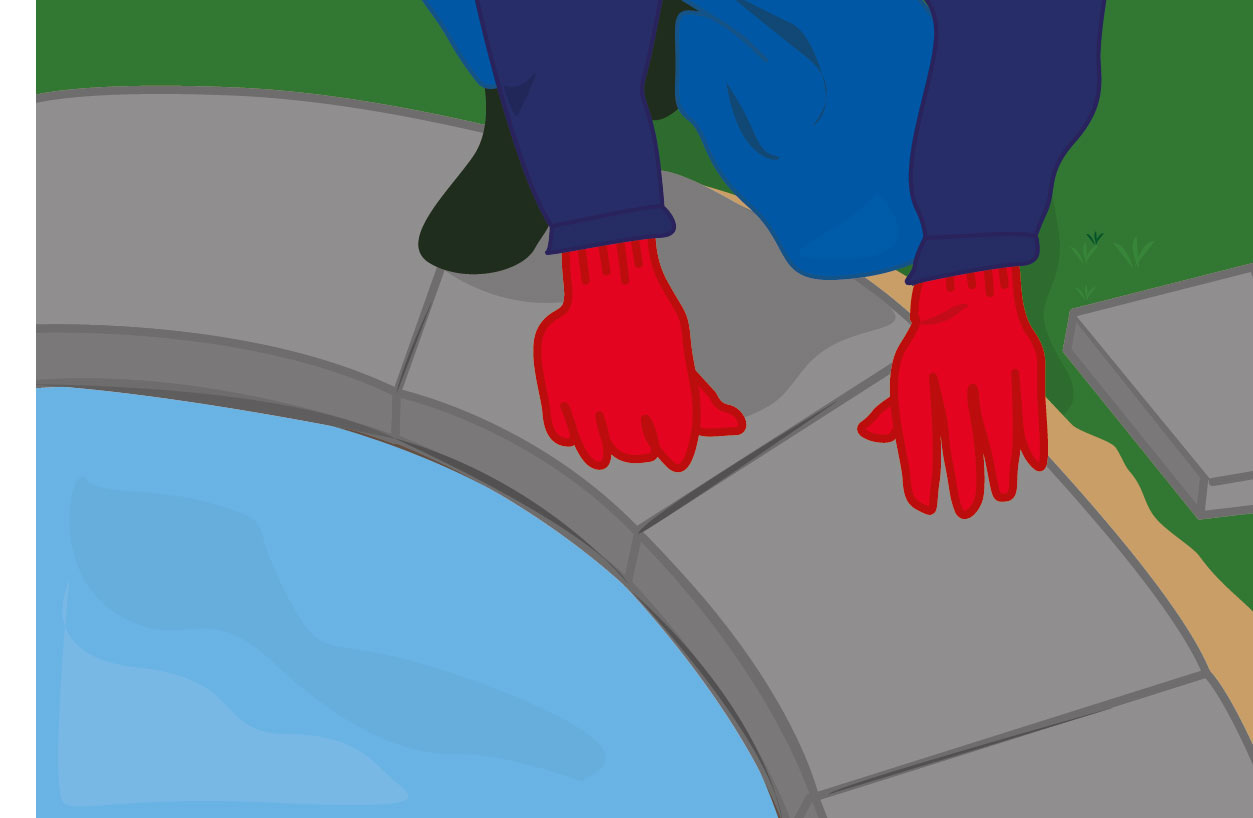
How to make a fish pond
Although the process of building a fish pond is similar, there are key differences when accommodating wildlife. When building a fish pond, you will need to consider what environment the fish will be living in. Especially when it comes to depth. Koi need a depth of at least 1.2m to live comfortably year-round as in winter they stay deep where the water is warmest.
In a similar vein, if you’re adding a pond plant with the fish, some aquatic plants may need depths of 2m whereas some may only need 50cm. Find out what depth you need depending on this information.
Looking for another inspiring project or need help with a practical DIY problem like how to improve garden drainage? Explore our other help and advice for information about different garden drainage solutions.


